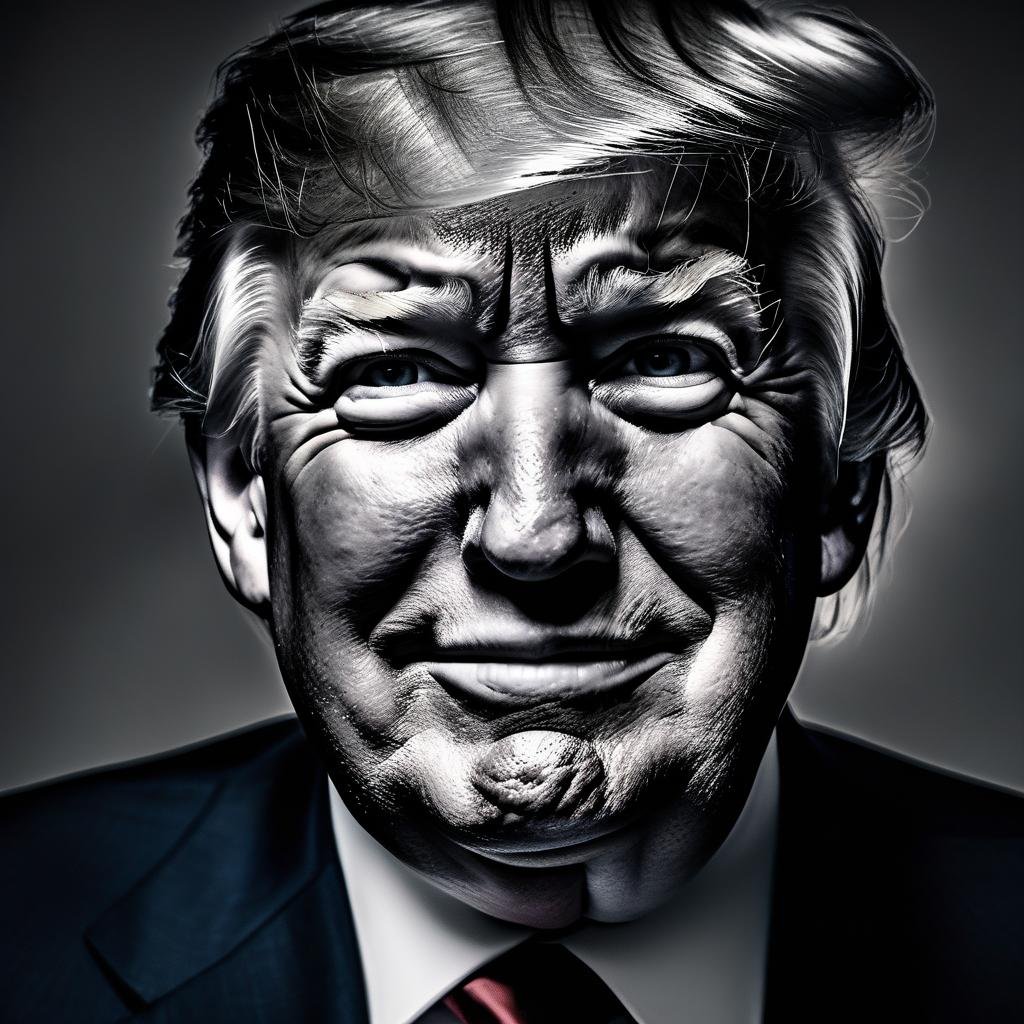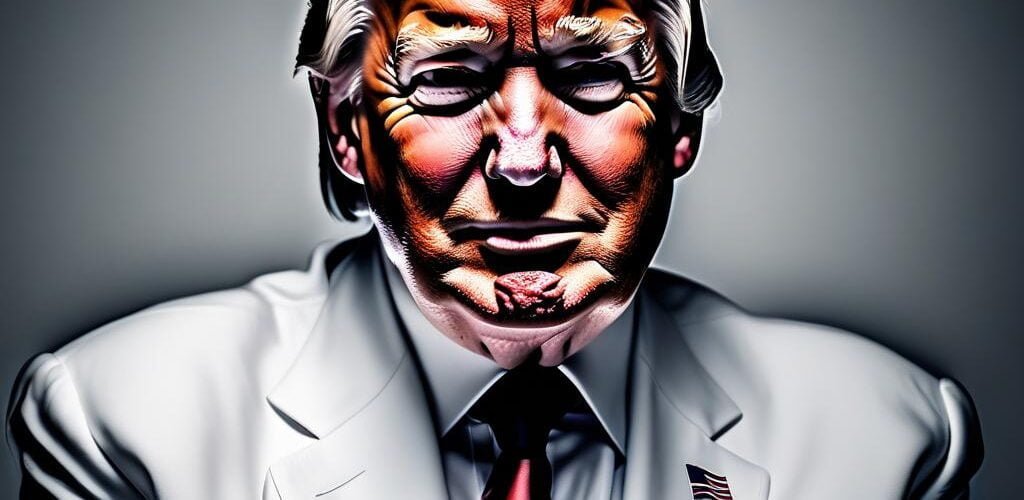In recent events, former President Donald Trump posted a noteworthy bond of $91.63 million to appeal the judgment against him in the E. Jean Carroll defamation lawsuit.
This move came after a federal jury awarded Carroll a damaging sum of $83.3 million in January for the defamatory statements made by Trump.
The former president had not only denied allegations of sexual assault made against him by Carroll but further defamed her character by stating she was not his “type”, and had fabricated the entire incident to increase the sales of her book.
The appeal and notice of Trump’s substantial bond were made official with the federal court in New York on Friday. It’s worth noting that the insurance company Chubb underwrote this bond on behalf of Trump, with the latter signing it on Tuesday.
However, the terms of this bond strictly cater to the appeal of the $83.3 million judgment and do not protect any further appeals that may arise in the future. The bond amount overshadows the judgment sum because the district court typically requires a party to post 110% of the judgment as bond.
Trump’s response to the jury’s award has been that of rebuke, arguing that the amount is exorbitant and should be slashed. During the trial, Carroll’s attorneys emphasized that Trump deserved a heftier penalty in damages, which further propels the conversation about defamation and monetary compensation.
This lawsuit and appeal raise several significant questions about the power balance between public figures, especially controversial ones, and individuals who find themselves cast under their imposing shadows.
Firstly, under potential scrutiny is the nature of the bond size required. The noticeable difference between the judgment sum and the bond amount speaks volumes about the court procedures. The additional amount speaks to the level of security needed for the court to feel justified in its decision.
It signifies the court’s firm stance on the needed retribution against defamatory statements.

Secondly, the saga highlights the severe repercussions for aggrieved parties in defamation cases, especially when they involve high-profile public figures such as Trump. Carroll took on a formidable opponent and was rewarded handsomely for her courage, but whether such awards deter high-profile figures from repeating similar acts in the future remains to be seen.
Thirdly, there is an argument to examine the significant role insurance companies play in these scenarios. Chubb’s involvement in underwriting the bond for Trump emphasizes the financial institutions’ power in supporting or dejecting such legal fights.
Lastly, the arguments surrounding the amount awarded brings about introspective questions about the price of defamation. Does the gargantuan award serve its purpose to deter public figures from making defamatory statements, or does it incentivize individuals to seek out this form of legal retribution in hope of monetary gain?
To conclude, the continued legal drama between former President Donald Trump and E. Jean Carroll illustrates the complex interactions between power, wealth, the judiciary, and public figures.
It provides a landscape for examining the challenges in addressing defamation cases, the financial dynamics involved, and the definition of ‘fair compensation’ for aggrieved parties.
Furthermore, it emphasizes the need for society to continually evaluate and reshape its norms and laws to ensure justice, equal standing, and safety for all its members, regardless of their victimizer’s societal stature.
As Trump persists in disputing the $83.3M verdict, it is advisable to monitor the consequences of the appeal, the potential repercussions for the parties involved, and the potential establishment of precedents in future defamation lawsuits.
